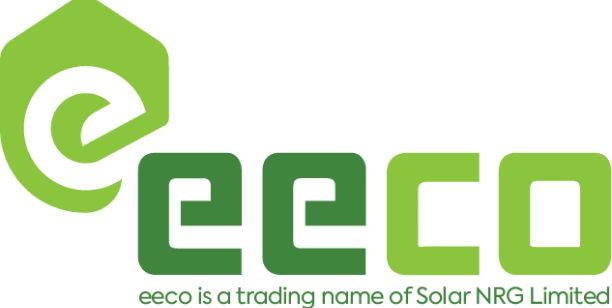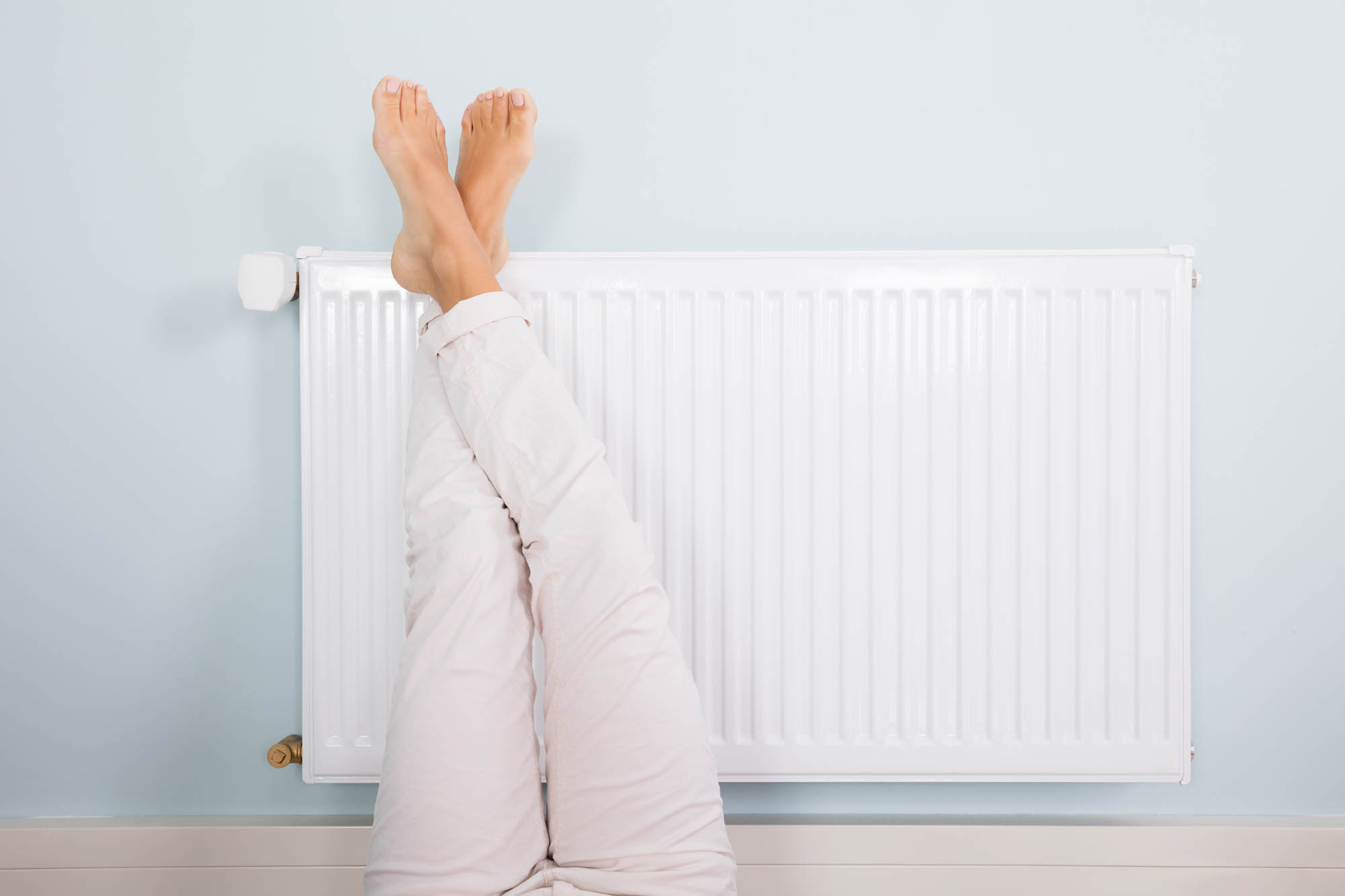With the installation of solar panels, you can collect solar energy and turn it into usable electricity. In order to generate power, solar panels must first absorb sunlight.
A Brief Explanation of Solar Panels
Panels that absorb sunlight and transform it into usable power are known as solar electricity or photovoltaics (PV). Through photovoltaic conversion, the energy from sunshine may power electronics and lights in the home.
Therefore, you may produce your eco-friendly power simply by installing solar panels.
How Much Do Solar Panels Reduce Energy Costs?
Solar panels absorb the sun’s rays and transform them into DC power. The energy produced by solar panels is renewable. Photovoltaic panels may collect sunlight and convert it into electricity, which can then use to run appliances or sent back into the power grid as alternating current (AC).
One of the most fundamental advantages of solar panels is that solar energy is a good source of renewable energy.
You may use It at any time and in various places worldwide. In contrast to other energy sources, the sun’s rays can never deplete. If we continue to use solar power even after the sun has gone away, we will still have access to sunlight for at least another 5 billion years. These results are the result of scientific investigation.
Is It Worth It to Get Solar Panels for Your Northern Ireland Home?
Northern Ireland’s solar panels have been an increasingly important contributor to the country’s renewable energy mix in recent years. Between 1,000 and 1,100 hours of UV radiation reach Northern Ireland each year. Solar panels provide enough energy to power your home if there are enough UV hours per year.
Many solar photovoltaic (PV) installations have sprung up in the Midlands of England in recent years, mirroring the situation in Northern Ireland. In 2017, 222 MWh of solar energy was generated in Northern Ireland, up from 62 MWh in 2014.
Northern Ireland is similar to any other place in the world regarding using solar panels to convert sunshine into helpful electricity. Solar panel installation, whether on a rooftop or ground-mounted array, other suitable areas, hooking up the panels to the solar inverter, and finally running your appliances on solar electricity are all part of this strategy.
Build a solar battery storage system or hook your solar panels to the local power grid to retain the energy you generate.
The potential for cost savings, renewable energy generation, and energy cost decrease are numerous advantages of each option. Suppose you want your solar panels to perform admirably in Northern Ireland. In that case, you’ll need to invest in skilled installation services and get expert advice on the optimal size of your solar energy system.
It is not recommended to purchase solar panels and then attempt to install them on your own due to the various technical considerations. Several factors affect how much it will cost to install solar panels in Northern Ireland. Some of them are your normal monthly energy
usage, the number of solar panels you’ll need, the amount of accessible space for solar panels, and your interest in installing a battery storage system.
The yearly savings for an average Northern Irish family is £520 thanks to solar panels, which means it takes 10.4 years to break even. After that, however, the homeowner may expect to reap the financial benefits of their solar panels for at least 15 years.
Financial assistance from the government of Northern Ireland for the setup of solar panels
It’s a shame that the government of Northern Ireland doesn’t provide rebates or tax credits for using renewable energy sources like solar panels. Businesses in Northern Ireland were mandated by law to include a certain amount of renewable energy in their overall energy output. Since 2020, as a consequence of this government initiative, big energy providers have been obligated to pay customers for any renewable energy exported to the National Grid. Some companies in the UK may charge as much as 15 pence per kilowatt-hour to their commercial clients, even though the average cost of supplying electricity is closer to 5 pence.
However, the program is only available in the United Kingdom’s Southern nations of England, Scotland, and Wales; it is not available in Northern Ireland. Energy companies used to be required by law to buy renewable energy from homeowners who had placed solar panels on their rooftops.
In Northern Ireland, how much do solar panels typically cost?
The Energy Saving Trust reports that the average price of a 350 W (watt) solar panel in Northern Ireland is £542, which is in line with the rest of the United Kingdom. That works out to $5,420 for a complete system of 10 panels. 3.5 kWp (kilowatt peak) is more than enough electricity for a typical three-bedroom house. If our calculations are accurate, you may expect to save £520 per year on energy expenditures after installing these solar panels, allowing you to recoup your initial investment in only 10.4 years. Above this limit, solar panels have an average lifetime of at least 15 years.
Approximately how long do solar panels typically survive in the field?
Solar panels have a mean lifetime of between twenty and thirty years when properly maintained. However, that doesn’t imply solar panels cease producing power after that period. After that, they will still generate power lower than the manufacturer-described “ideal” rate. When we state that solar panels have a 25- to 30-year lifespan, we imply that this is how long they will function at peak efficiency.


